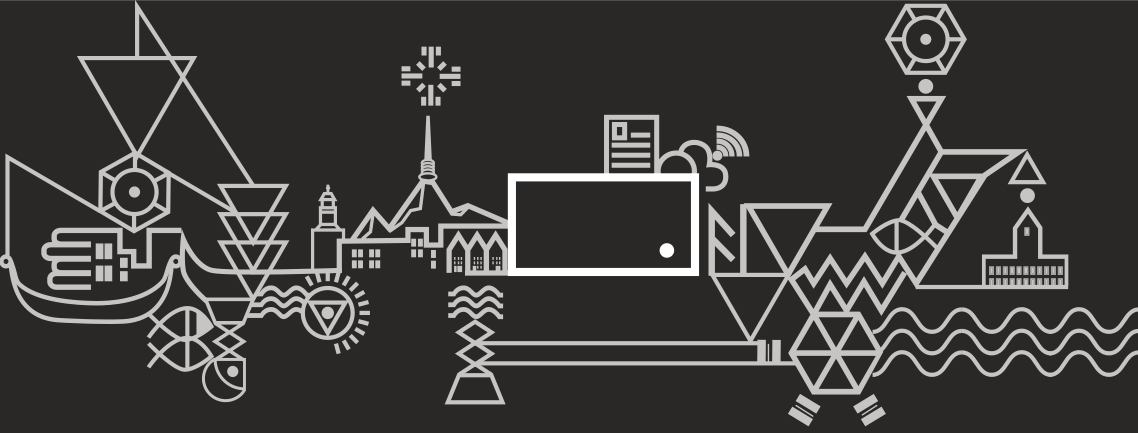
Details
Work Package Advisor and Key Researcher
WP3: Media Content Production & Analysis
The Open University
Contact
/ Biography
/ Publications
Publications from 2020 and before are not direct results of the SFI MediaFutures, but are key results from our team members working on related topics in MediaFutures.
2024
Leveraging Professional Ethics for Responsible AI: Applying AI techniques to journalism. Journal Article
In: Communications of the ACM, 2024.
2023
Trustworthy Journalism Through AI Journal Article
In: Data & Knowledge Engineering (DKE), Elsevier, 2023.
2021
Responsible media technology and AI: challenges and research directions Journal Article
In: AI and Ethics, 2021.
WP3 2021 M3.1 Report The industrial expectations to, needs from and wishes for the work package Technical Report
University of Bergen, MediaFutures 2021.
2020
AI-KG: an automatically generated knowledge graph of artificial intelligence Conference
nternational Semantic Web Conference, Springer, 2020, (Pre SFI).
Analysis and design of computational news angles Journal Article
In: IEEE Access, vol. 8, pp. 120613-120626, 2020, (Pre SFI).
Towards a Framework for Visual Intelligence in Service Robotics: Epistemic Requirements and Gap Analysis Journal Article
In: Proceedings of the 17th International Conference on Principles of Knowledge Representation and Reasoning (KR 2020), pp. 905–916, 2020, (Pre SFI).
2019
Capturing themed evidence, a hybrid approach Conference
roceedings of the 10th International Conference on Knowledge Capture, 2019, (Pre SFI).
2018
AUGUR: forecasting the emergence of new research topics Conference
Proceedings of the 18th ACM/IEEE on Joint Conference on Digital Libraries, 2018, (Pre SFI).

